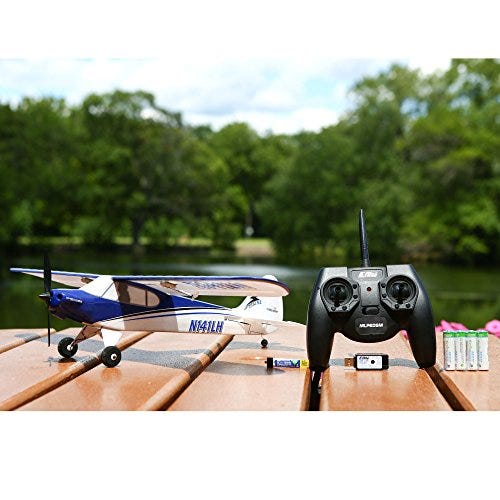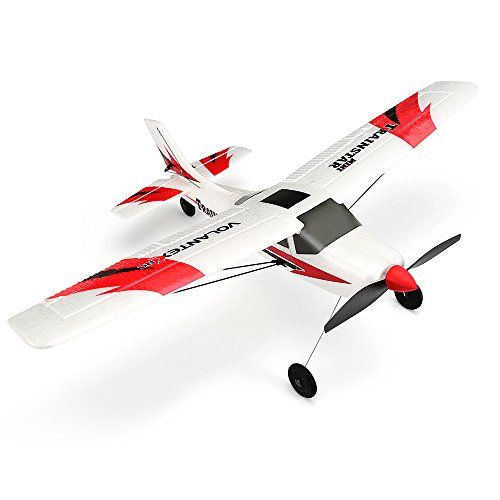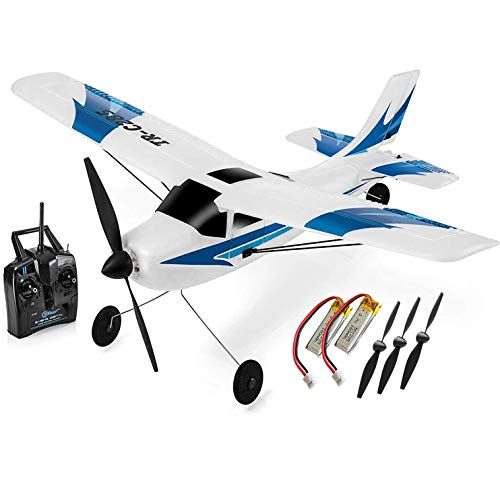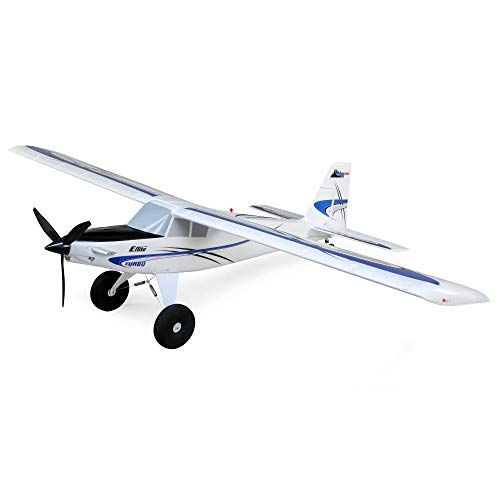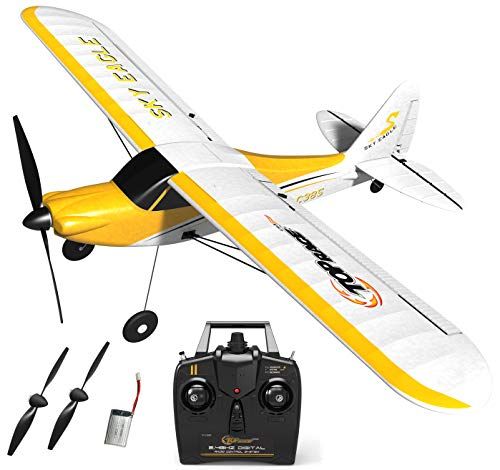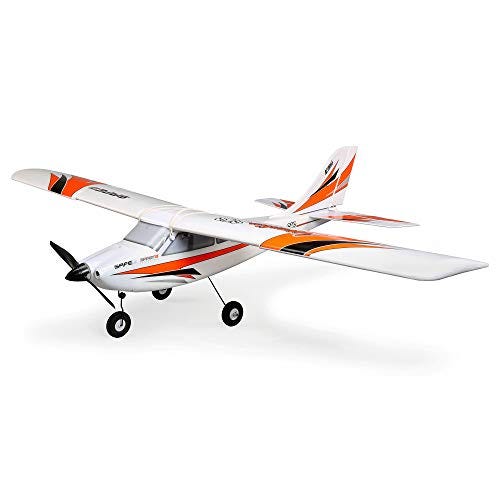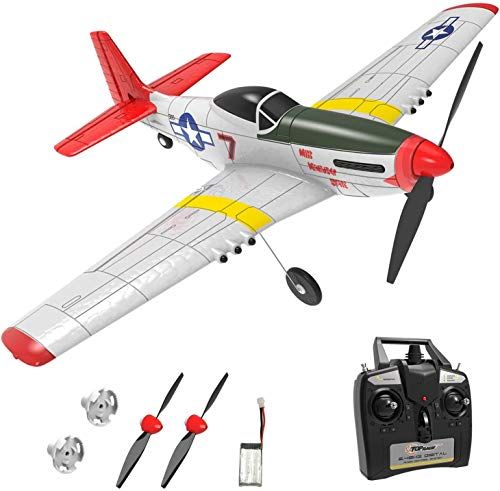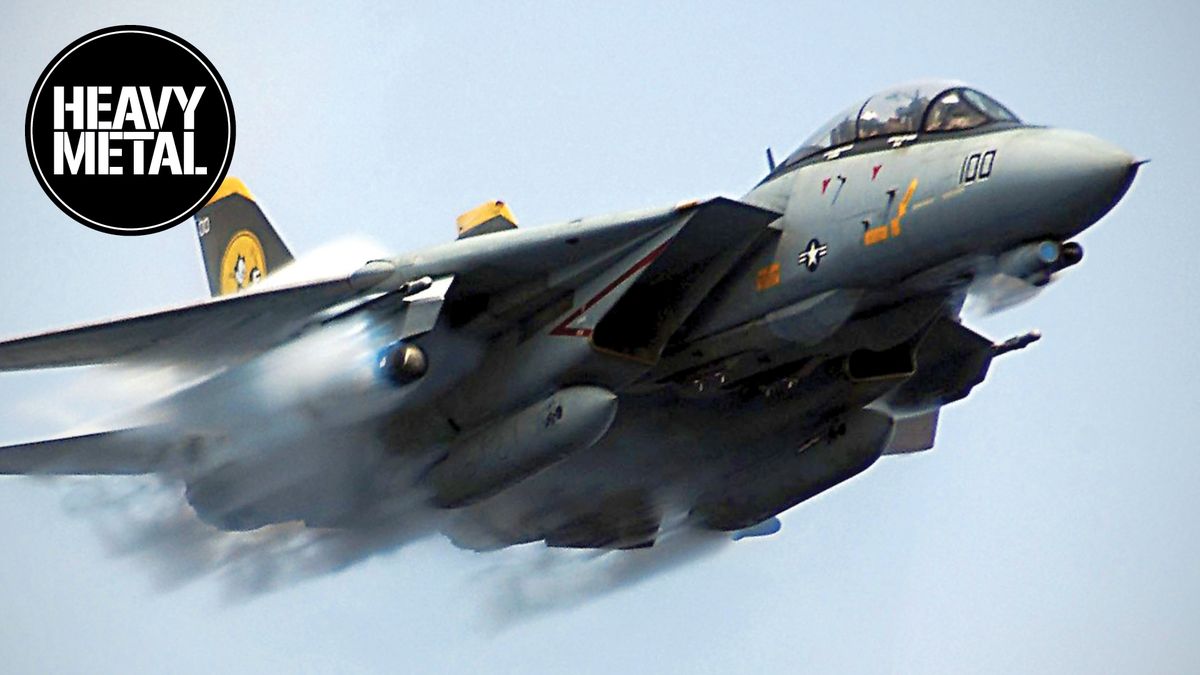- The F-14 Tomcat was originally designed as a fleet air superiority fighter.
- While the F-14 was famously known as a fighter jet, it did have a brief career as a fighter bomber.
- Toward the end of its flight history, the F-14 gained the ability to drop laser-guided bombs, and evenfought in a number of conflicts.
One of the world’s most famous fighter jets once had a secondary mission of dropping precision-guided bombs in wartime.
The F-14 Tomcat, designed to protect carrier battle groups from swarms of enemy fighters and bombers, later became a bomber itself after the end of the Cold War.
The Tomcat gained this capability as a stopgap measure to preserve carrier strike capabilities after the retirement of the dedicated A-6 Intruder carrier-based attack jet.
A carrier-based fighter designed to ward off Soviet mass attacks, the F-14 first hit the skies in the 1970s and soon became one of the most recognizable fighters of the 20th century.
The combination of the long-range AWG-9 radar and super-long-range AIM-54 Phoenix missiles gave the Tomcat the unique ability to swat down Soviet bombers, and the variable geometry wing set allowed the large fighter to dogfight with the best of them. The F-14 achieved stardom in 1986 with the release of the iconic film Top Gun.
After the 1991 Gulf War, the U.S. Navy retired its A-6 Intruder carrier-based bombers. The service still required a long-range strike jet, and it would be several years before the larger, more capable version of the F/A-18 Hornet, the F/A-18 Super Hornet, would join the fleet.
The loss of the Soviet Union as a high-tech opponent in 1991 left the F-14 Tomcat without a peer-level enemy to fight. It was difficult to justify a pure fighter like the F-14 on financial grounds, as there were hardly any adversarial air forces of note in the post-Cold War world.
✈ Our Favorite Hobby RC Planes
Many of the F-14 airframes in the fleet still had plenty of hours left in them, and the Navy made the decision to equip them to carry laser- and satellite-guided bombs.
As this article at The Aviationist explains, the fighters were fitted with a version of the Low Altitude Navigation and Targeting Infrared for Night (LANTRIN) targeting pod. An F-14 fitted with LANTRIN could paint targets with a laser beam day or night, then drop laser-guided bombs to demolish the target.
The F-14 “Bombcat,” as it became known, was first capable of dropping unguided iron bombs and cluster bombs, then added the capability to carry laser- and even satellite-guided bombs. Bombcats flew missions against Yugoslavia in 1999 and later over Afghanistan and Iraq in the 2000s. The U.S. Navy retired the last F-14 from service in 2006.
🎥 Now You Should Definitely Watch This:

Kyle Mizokami is a writer on defense and security issues and has been at Popular Mechanics since 2015. If it involves explosions or projectiles, he's generally in favor of it. Kyle’s articles have appeared at The Daily Beast, U.S. Naval Institute News, The Diplomat, Foreign Policy, Combat Aircraft Monthly, VICE News, and others. He lives in San Francisco.




